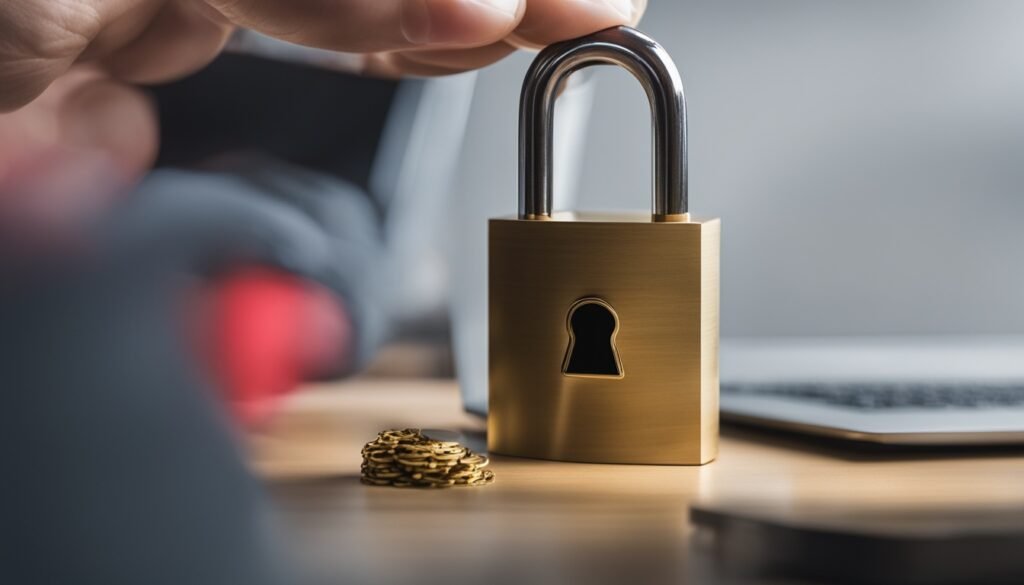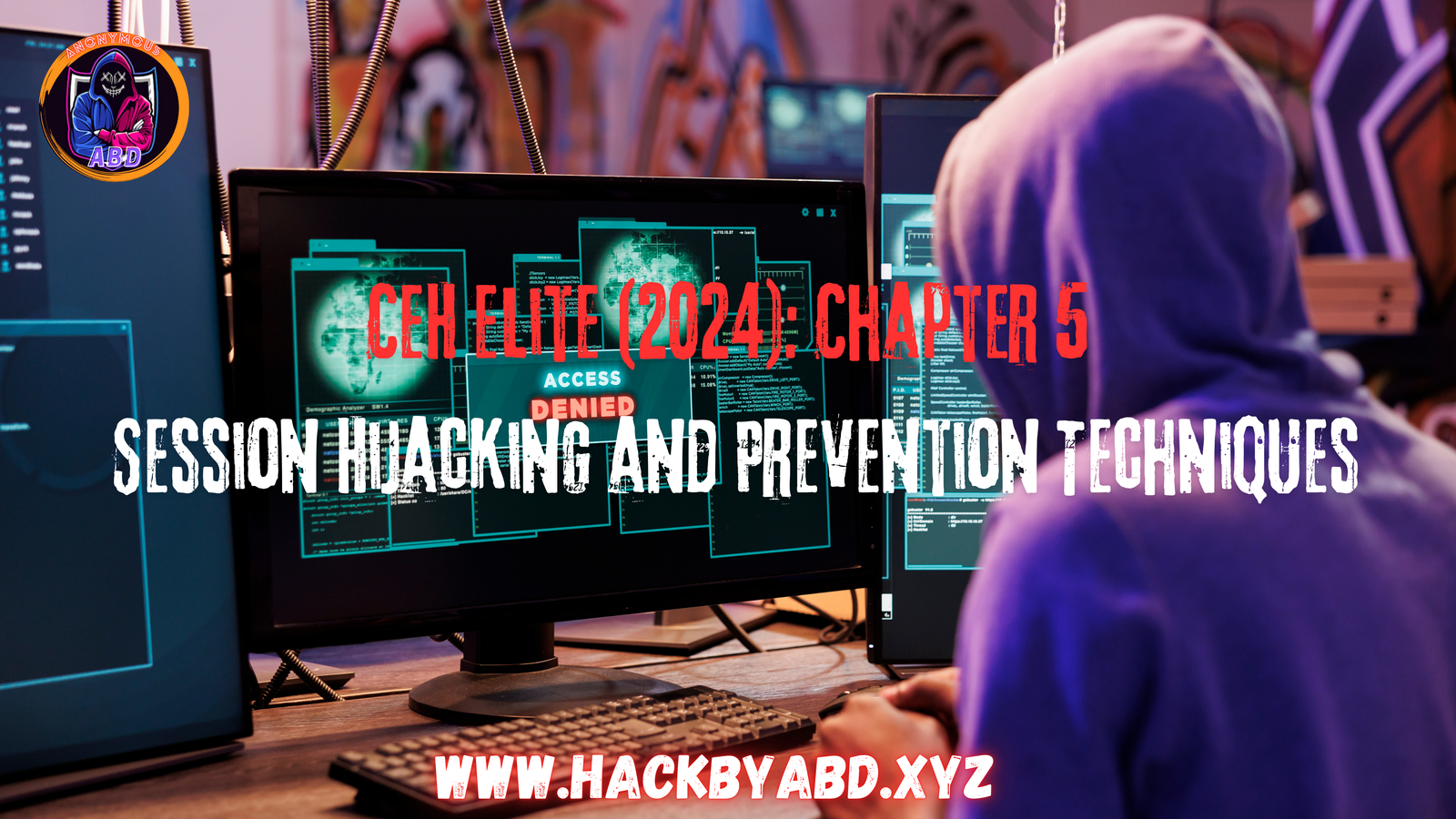Imagine a world where over 3,500 hacking tools are at the fingertips of skilled cybersecurity pros. The Certified Ethical Hacker (CEH) program makes this real. It trains people in over 150 countries to fight cyber threats1. The program prepares you for tough exams, like a 4-hour test with 125 questions and a 6-hour practical exam1.
Being a Certified Ethical Hacker means more than passing tests. It means learning by doing real-world challenges. The C|EH Elite program offers over 220 hands-on labs. It teaches you about cybersecurity, like stopping session hijacking1. It has a special module with 4 exercises to improve your skills against session hijacking2.
The CEH program teaches you to protect networks and data. You’ll learn many skills, like scanning networks and avoiding detection systems2. It also covers web application security, like stopping injection attacks and using secure protocols3.
Key Takeaways
- Get access to over 3,500 hacking tools with the CEH certification1.
- Practice with 220 labs that focus on cybersecurity and session management1.
- Get ready for tough exams with 125 questions and a 6-hour practical test1.
- Learn through 20 modules, including special training on session hijacking2.
- Use OWASP’s important security steps to stop web app attacks3.
Starting on the path to become a Certified Ethical Hacker is big. It takes both theory and practice to master ethical hacking. Join us, become a cyber defender, and grow your skills in cybersecurity and ethical hacking1.
Understanding Session Hijacking in the Cybersecurity Landscape
The digital world is getting more dangerous, with threats like session hijacking becoming more common and complex. This attack takes over a valid session between a client and a server. It’s key to know about these threats to keep your data safe.

Session hijacking is scary because it lets hackers take over a user’s session. This gives them access to private info. Criminals are really into this, with 14,905 posts about it in one year ending April 20224.
New tech has brought new ways to hack, like the CRIME exploit from 20124. During the COVID-19 lockdowns, Zoom meetings got hacked, showing how vulnerable we are4.
As threats grow, so do our defenses. Things like Cross Site Scripting and Malware can lead to session hijacking5. To stay safe, keep your software updated, use VPNs, and encrypt your data5.
Want to learn more about fighting cyber threats? Check out the Fortinet Certified Associate in Cybersecurity course. It teaches how to defend against session hijacking here4.
| Security Issue | Offensive Technique | Preventive Measure |
|---|---|---|
| CRIME Exploit | TLS Compression Vulnerability | Use secure TLS configurations |
| Zoombombing | Video Conference Hijacking | Enhanced authentication protocols |
| DroidSheep Tool | Wi-Fi Session Hijacking | Secure Wi-Fi networks and monitor sessions |
Learning about and fighting session hijacking is key to keeping your data safe. By staying informed and using strong security, you can protect your data from these threats.
Session Hijacking and Prevention Techniques
Understanding session hijacking and how to stop it is key to keeping digital stuff safe. We’ll look into how session hijacking works and how to stop it. This will make sure you know how to keep your online stuff safe.
Deep Dive into Session Hijacking Methods
Session hijacking is when bad guys take over your online sessions without permission. They do this by stealing or changing your session tokens. This lets them get into your accounts or see your info. They use tricks like fake IP addresses, stealing session cookies, and changing DNS settings to do this6.
They can also use Cross-Site Scripting (XSS) to take over your session. This is a big problem because it’s hard to stop these attacks. Knowing how they work is the first step to fighting back.
Advanced Session Hijacking Prevention Best Practices
To fight session hijacking, we need to use smart hacking, good cybersecurity, and strong ways to stop it. Learning how to hack safely is a good start, like the Udemy course “Ethically Hack the Planet”7. Using strong passwords, checking for security problems, and using more than one way to log in are also good ideas7.
Secure Session Management Protocols
Keeping sessions safe means using strong ways to handle session tokens. This includes making session tokens hard to guess, setting them to expire, and using secure cookies. Using HTTPS, encrypted tokens, and strong ways to check who you are helps keep sessions safe7.
Effective Network Security Measures and Data Protection
To stop session hijacking, we need strong network security. This means using systems that watch for bad activity, firewalls, and machines that learn to spot problems7. These tools help stop bad guys from getting into your online stuff. This makes your data safer.

In short, knowing about session hijacking and how to stop it is key. By using strong security steps, you can keep your online stuff safe from hijacking threats.
Website Security: Implementing HTTPS Encryption and Secure Cookies
Keeping your website safe is key to stop cyber threats like session hijacking. Using HTTPS encryption and secure cookies helps a lot. HTTPS encryption makes sure your website talks safely with users, stopping bad guys from listening in8.

Secure cookies are also very important for keeping sessions safe. They send data only over safe connections. Using secure cookies for important parts of your site helps protect it more8.
Using special random number makers for session IDs makes them harder to guess. This helps stop hackers from taking over your sessions9. It’s good to make session IDs really hard to guess, so hackers can’t easily get in9.
Good security means doing many things like setting time limits, strong checks, and using SSL for your whole site. Many people like these ideas and think they help make websites safer8.
Learning basic cybersecurity is a must for web developers and managers. Doing things right and knowing how helps make your online places stronger.
| Security Feature | Description | Impact |
|---|---|---|
| HTTPS Encryption | Encrypts the data exchanged between the browser and server | Prevents unauthorized access and data breaches |
| Secure Cookies | Transmits cookies over secure channels only | Enhances privacy and security of session data |
| CSPRNG for Session IDs | Generates unpredictable session tokens | Extends the time required for successful attacks |
Strengthening Web Application Security with Token-Based Authentication and Two-Factor Authentication
The digital world is getting more complex, so are cyber threats like session hijacking. It’s key to boost web application security. Token-based authentication and two-factor authentication are now key in keeping users safe.
Token-Based Authentication: An Overview
Token-based authentication makes user sessions safer by giving a special token after a login. This replaces easy-to-hack session IDs. It makes login security better and works well with secure access over networks. Tokens stop session hijacking by being strong and unpredictable, linked closely to the user’s session10.
Two-Factor Authentication: Enhancing Login Security
Two-factor authentication (2FA) adds an extra layer of security. Users must give another proof of who they are, like a code from a text or a biometric scan. This makes login security much stronger, keeping out hackers and reducing hijacking risks. Adding 2FA stops attacks well, making it a must-do for cybersecurity in all kinds of businesses10.
Session Hijacking Countermeasures: The Role of Multi-Factor Authentication
Multi-factor authentication (MFA) adds many security layers. Users must show several proofs of identity. This is key in stopping session hijacking. MFA is a big part of ethical hacking to keep data safe from complex cyber threats10.

It’s important to know about these advanced ways to secure web apps. They keep apps safe and build trust with users, protecting their data online.
| Authentication Method | Security Features | Benefits |
|---|---|---|
| Token-Based Authentication | Generates unique token, Securely tied to user session | Reduces session hijacking risk, Suitable for distributed networks |
| Two-Factor Authentication | Requires two forms of user verification | Enhances login security, Reduces likelihood of unauthorized access |
| Multi-Factor Authentication | Multiples evidences to verify identity | Crucial for preventing session hijacking, Builds user trust |
Conclusion
The digital world is always changing, and so are the threats we face. Preventing session hijacking is now a key part of cybersecurity measures. The Certified Ethical Hacker (CEH) certification helps you fight these threats. It teaches you how to stop bad guys from taking over your online sessions11.
Session hijacking is dangerous. It lets bad people get into your accounts or spread malware11. To stay safe, learn how to manage your online sessions well. Use short session times to lower the risk12. Remember, even big names like YouTuber Linus Sebastian have fallen victim to these attacks11.
When big companies like CVS Health lose billions of records, we see how important cybersecurity measures are12. Using extra security steps like multi-factor authentication helps a lot11. Also, HTTPS encryption protects against sneaky attacks12. Ethical hacking is a way to stay ahead and keep our online world safe from hijackings.
Learn how scammers use new tech to commit crimes, like with ChatGPT. Knowing about these threats helps you protect yourself better. By being informed, you can stop cyber threats and keep our online world safe.
FAQ
What is Session Hijacking?
How does the Certified Ethical Hacker (CEH) program prepare individuals to prevent session hijacking?
What are some common methods of session hijacking?
What are the best practices for preventing session hijacking?
What roles do token-based authentication and two-factor authentication play in preventing session hijacking?
Why is HTTPS important in the context of session hijacking?
Can multi-factor authentication (MFA) effectively counter session hijacking?
Source Links
- Certified Ethical Hacker (CEH) | World’s No. 1 Ethical Hacking Course – https://www.eccouncil.org/train-certify/certified-ethical-hacker-ceh/
- Certified Ethical Hacker | CEH v11 – https://iclass.eccouncil.org/our-courses/certified-ethical-hacker-ceh/
- What are the best ways to secure your web application from OWASP Top 10 risks? – https://www.linkedin.com/advice/0/what-best-ways-secure-your-web-application-1al6c
- What is Session Hijacking & How Does It Work? | Venafi – https://venafi.com/blog/what-session-hijacking/
- Introduction to Session Hijacking Exploitation – https://www.knowledgehut.com/blog/security/session-hijacking-exploitation
- Session Hijacking – How It Works and How to Prevent It – https://www.pingidentity.com/en/resources/blog/post/session-hijacking.html
- What is Session Hijacking | Types, Detection & Prevention | Imperva – https://www.imperva.com/learn/application-security/session-hijacking/
- What is the best way to prevent session hijacking? – https://stackoverflow.com/questions/22880/what-is-the-best-way-to-prevent-session-hijacking
- Session Management – OWASP Cheat Sheet Series – https://cheatsheetseries.owasp.org/cheatsheets/Session_Management_Cheat_Sheet.html
- How to Prevent Session Hijacking? | Baeldung on Computer Science – https://www.baeldung.com/cs/session-hijacking
- What is session hijacking and how do you prevent it? – https://www.emsisoft.com/en/blog/44071/what-is-session-hijacking-and-how-do-you-prevent-it/
- Session Hijacking: Unauthorized Control – Kelvin Zero – https://kzero.com/resources/guides/cyberattack/session-hijacking-unauthorized-control/
